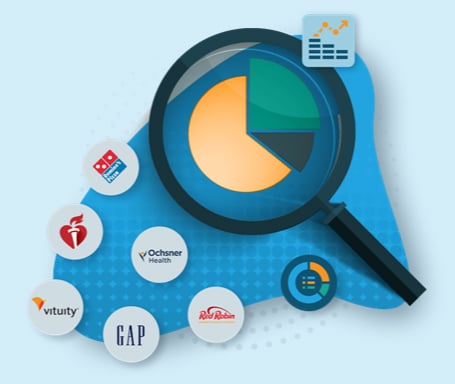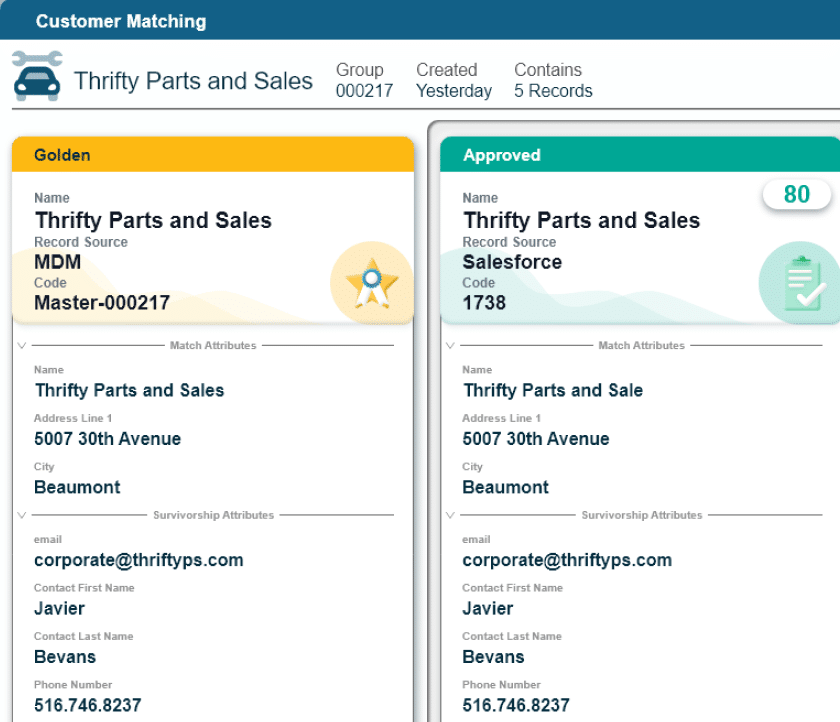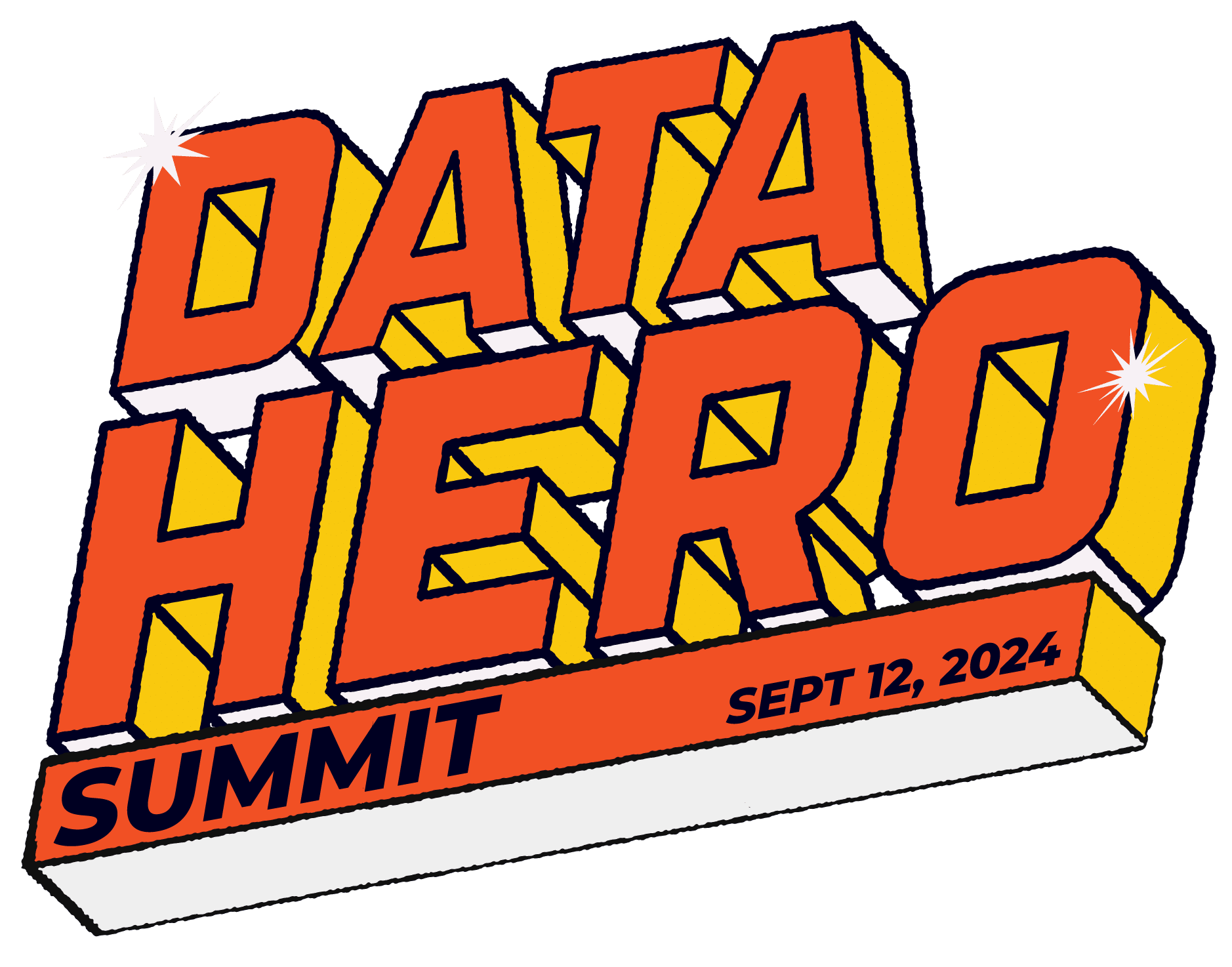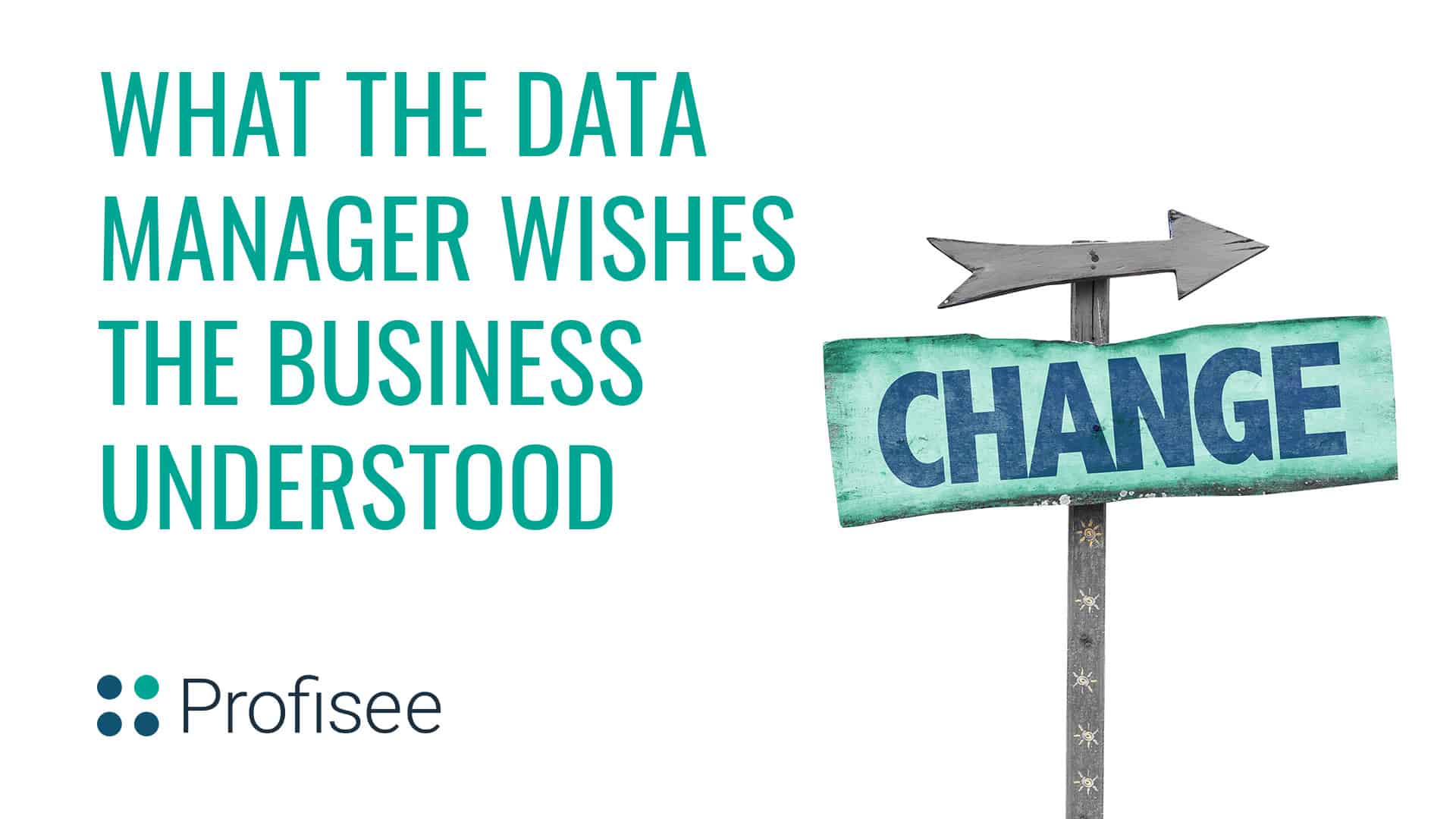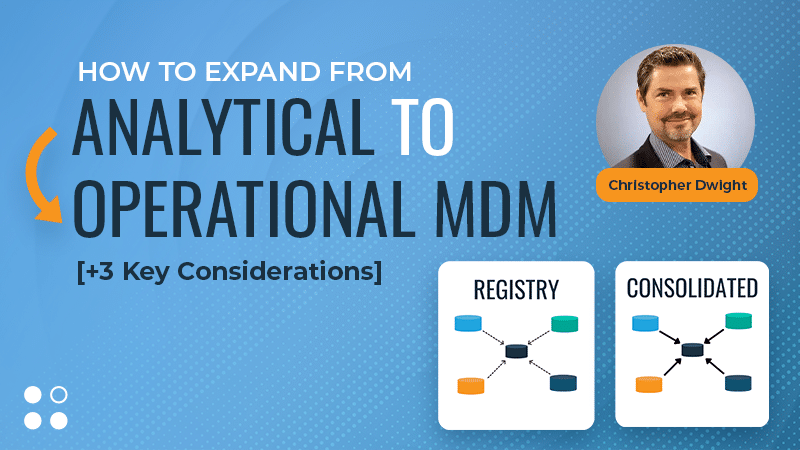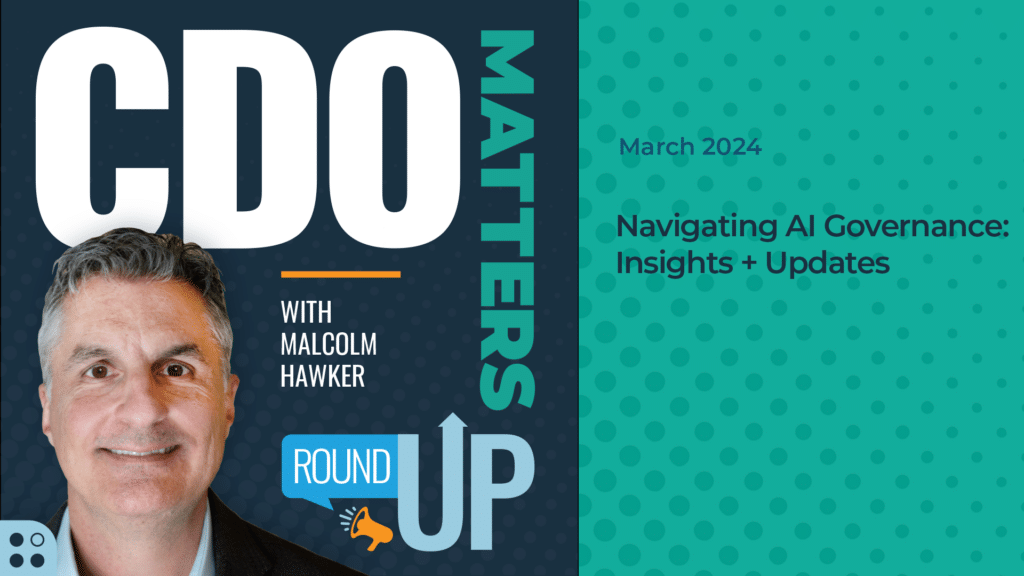Every C-level executive talks about the value of a data-driven business. That’s all well and good, but they may not understand that a comprehensive data management plan sets the foundation for this. So, they don’t always actively promote the use of or changes in how the company manages master data.
In the absence of that, there’s no real incentive for line-of-business leaders to cooperate on eliminating data silos. There are no consequences when they fail to do so. That hurts the ability for data managers to make top-level data, such as customer or vendor ID, consistent across diverse enterprise platforms and software.
Constantly having to manually resolve errors in master data for entities that live across functions and that have different levels of granularity is time-consuming and resource-draining. Data instability decreases the efficiency of reporting, analytics
and decision-making.
Data management, then, continues to take a back seat to almost everything else that business leaders think is important to do in order to achieve enterprise-scale digital transformation. But the fact is that well-managed and well-governed master data is the backbone to achieve enterprise-scale digital transformation. Since all applications rely on master data, its integrity must be assured.
What many heads of business haven’t fully recognized is that if data managers aren’t given the support and wherewithal to stabilize master data across different operational systems, the ability to execute collaborative business opportunities is in jeopardy, as are cross-brand promotions, and an increased likelihood of making ill-informed decisions based on inaccurate reports and so much more.
How Will the Dynamic Change?
A data manager, and even a data analyst, generally doesn’t have access high enough up the business chain to make a direct case about why it’s important to change the culture so that everyone plays a part in making data great. They aren’t empowered on their own to make business stakeholders invest in efforts to define and manage an organization’s critical data in the journey to having a single point of reference. That includes processes, policies, governance and technology to provide a trusted data foundation across the business.
But the shift may occur if C-level leaders find themselves face-to-face with a major situation that reveals that something is rotten in the state of master data.
Did You Know?: The C-suite may have been shielded before from the challenges that data managers consistently face in trying to reconcile, link and synchronize master data across different systems, but incidents like the ones below could at last make it plain that data management isn’t an IT problem. It’s a business one.
Consider these scenarios:
- The company’s market share has been declining over the past year. The business has been a leader in its industry for decades, and it still maintains a healthy position. But a consistent, if slow, decline in market share has started to make executive management and the Board nervous. Maybe competitors are doing a better job with marketing or are converting sales at a more rapid pace. And maybe they can move more efficiently and at a speedier clip because they can rely on analyzing clean master data, where the dots are all connected across enterprise systems and processes. After all, insights-driven businesses grow on average more than 30% annually and are on track to earn $1.8 trillion by 2021,
according to Forrester. - The business has a compliance problem. Data privacy is a huge issue – in fact, 85% of consumers say businesses need to take a more active stance when it comes to protecting their data, according to a Harris Poll. Regulations such as the General Data Protection Rule (GDPR) are turning an even brighter spotlight on business accountability for personal data, with heavy fines for non-compliance.The lack of attention to data management by top execs could have severe repercussions when data for a customer is fragmented across systems and departments, and it’s nearly impossible to sort out what data refers to which individual and whether it all is appropriately protected as well as discoverable to fulfill consumer privacy-related requests.
- Merger and acquisition complications continue. It takes a long time just to plan, implement and close an M&A deal that’s designed to help the company gain a competitive advantage or diversify its services. Once that’s done, executives want to see ROI come sooner than later. But if data is inconsistent across multiple internal domains, things are off to a bad start. The lack of data coordination within one organization will make it even harder to converge data and systems with the other. Sales and profitability will by stymied by the inability to quickly create reliable reports and analytics.
Any business facing such concerns potentially – and hopefully – will spur top executives to realize that building a data-driven culture starts at the top and works its way down the business line. Data managers will be the first to cheer the revolution.

Forrest Brown
Forrest Brown is the Content Marketing Manager at Profisee and has been writing about B2B tech for eight years, spanning software categories like project management, enterprise resource planning (ERP) and now master data management (MDM). When he's not at work, Forrest enjoys playing music, writing and exploring the Atlanta food scene.
